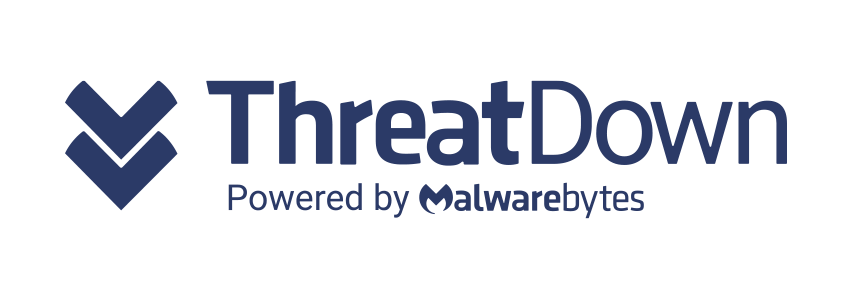Gartner forecast a $600 billion global market in 2022 for technology that powers hyperautomation. Without a doubt, hyperautomation has quickly moved from an industry buzzword to the way companies of all sizes approach automation.
Surveys from the technology research and consulting firm show that a majority of CEOs and two-thirds of boards of directors are demanding operational excellence and growth that hyperautomation strategies can help bring. Gartner estimates that 56% of companies have four-plus simultaneous hyperautomation initiatives, while leading companies have more than 10 concurrent projects running.
Like any emerging technology term, hyperautomation can have widely divergent meanings, depending on who’s using, buying, or selling hyperautomation products and services. This article will wade into the concept of hyperautomation, how it compares to other automation tools, and how it can transform business processes.
What is Hyperautomation?
One definition of hyperautomation is the disciplined use of automation tools to automate anything and everything that can possibly be automated. By automating manual, time-consuming, and complex processes, hyperautomation increases employee efficiency and productivity. Companies also benefit through the ability to scale and flex as automation needs grow and evolve.
Another definition combines robotic process automation with other automation tools to increase the range and sophistication of projects. For example, adding workload automation, intelligent document processing, processing mining, or other automation tools to RPA would equal hyperautomation.
Finally, hyperautomation can also mean a continual integration of automation in a discover/automate cycle or loop that repeats as a company works through its processes.
Hyperautomation vs RPA: How Do They Differ?
Consider RPA the foundation to automation, streamlining manual processes by performing rules-based, repetitive tasks quicker and more efficiently than humans can. RPA bots can communicate with other business applications much like a human, pulling or pushing structured data to other systems and applications as appropriate to help with automated report generation, web browser automation, and much more. RPA tools are used throughout organizations to boost productivity, reduce errors, create efficiencies, and more.
But to achieve hyperautomation, you’ll need more than just RPA in your toolkit. Those tools can include workload automation, artificial intelligence, secure file transfer, and many more. While RPA has countless uses throughout organizations, the addition of complementary tools can greatly extend the range of possible automation projects. Combining RPA with other products allows companies to automate even more processes and take on more complex projects.
Intelligent Automation vs Hyperautomation
While intelligent automation is a component of hyperautomation, not all hyperautomation configurations include intelligent tools. Intelligent automation allows you to tackle more sophisticated automation scenarios where judgment and decision-making are needed. An example of this is intelligent document processing, which leverages machine learning and artificial intelligence to capture and transform unstructured data, making it more useable across your organization. RPA can then use that data to populate forms, make calculations, interact with other systems, and perform other automation tasks.
In contrast, combining RPA with workload automation, for example, can be considered hyperautomation but does not have an intelligent aspect. Intelligent automation includes tools used in hyperautomation, while hyperautomation is a concept that uses multiple tools to automate as many processes as possible.
The Fortra Approach to Hyperautomation
Many automation vendors create a closed ecosystem, forcing customers to often use less-than-ideal tools that can add limitations and expense to automation efforts. Despite claims to the contrary, no single tool can provide a comprehensive, end-to-end hyperautomation experience.
Buyers have many options for automating work which gives them the ability to take a best-of-breed approach to hyperautomation—looking for the best tool, no matter the vendor. At Fortra, we make it easier for users to achieve hyperautomation with a portfolio of automation products that integrate seamlessly with other systems and applications to fit a multi-vendor tech stack.
You get the benefits of working with one vendor for many products, while maintaining the ability to use the best-of-breed approach if you find a better fit or already have an existing solution in place. Fortra’s automation solutions include Automate for robotic process automation, Automate Intelligent Capture for intelligent document processing, JAMS for workload automation, GoAnywhere for secure file transfer, and Webdocs Forms Management for secure forms.
No automation solution can handle every task and every scenario. That’s why companies should look beyond a one-size-fits-all approach and examine flexible, scalable solutions that let companies automate in a way that best suits their unique needs and meets digital transformation goals.
Explore the Value of Holistic, End-to-End Automation
Automation solutions from Fortra can help your business gain efficiencies and scale the number and complexity of automation products. Learn more about our holistic approach to enterprise IT automation.
Source: Fortra




